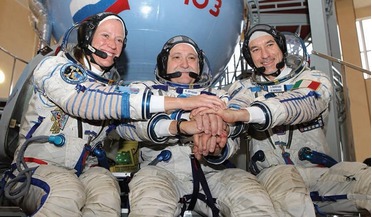 July 2014
Why become a cosmonaut? To preserve knowledge
July 2014
Why become a cosmonaut? To preserve knowledge
... to expand the boundaries of knowledge. It is true that the space race became one of the symbols of the Cold War. And yet, it was not simply because of competition between the superpowers that space became an area for...
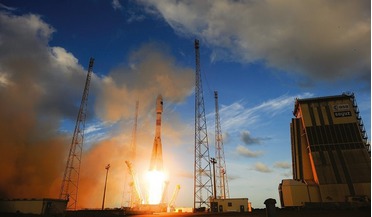 July 2014
A revitalised space sector reduces costs and makes space data more accessible
July 2014
A revitalised space sector reduces costs and makes space data more accessible
... with the explorer in us all. But the primary impetus for the exploration of space was the Cold War rivalry of the USA and the USSR. The ensuing ‘race for the Moon’ was a staggering feat...
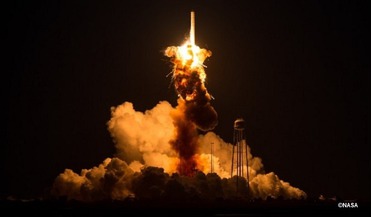 December 2014
From the green economy to green space
December 2014
From the green economy to green space
..., 90 per cent is fuel (often it’s a highly toxic unsymmetrical dimethyl hydrazine – heptyl – left over from the Cold War), and the other seven to nine per cent is construction fragments that after start and separation fly...
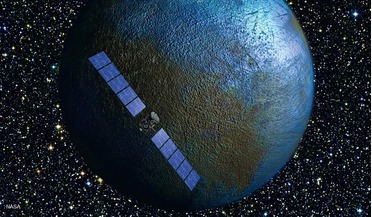 March 2015
Dawn of ion propulsion
March 2015
Dawn of ion propulsion
..., but despite some scientific and engineering work, it resided principally in the fictional universes of Star Trek, Star Wars, and other fanciful stories. NASA’s Deep Space 1 (DS1) mission, which tested ion propulsion and other...
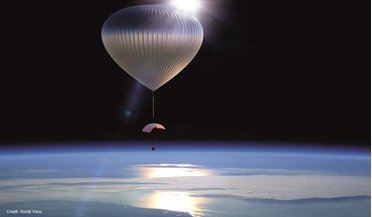 June 2015
Re-usable rockets: a new breakthrough for suborbital research
June 2015
Re-usable rockets: a new breakthrough for suborbital research
... ago, suborbital research was limited to occasional, expensive rocket and balloon launches, largely using expensive Cold War technologies. Today, thanks to dedicated efforts by next generation reusable suborbital rocket firms like Virgin Galactic...
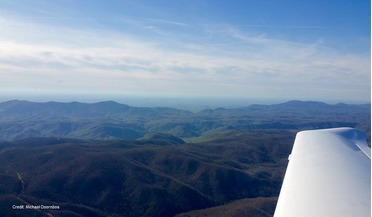 June 2015
Preventing pilot spatial disorientation
June 2015
Preventing pilot spatial disorientation
... side of him, reaching far above his current altitude. He considers this the most dangerous flight of the war for him. Imagine coming back night after night with bullet holes in his fighter and then...